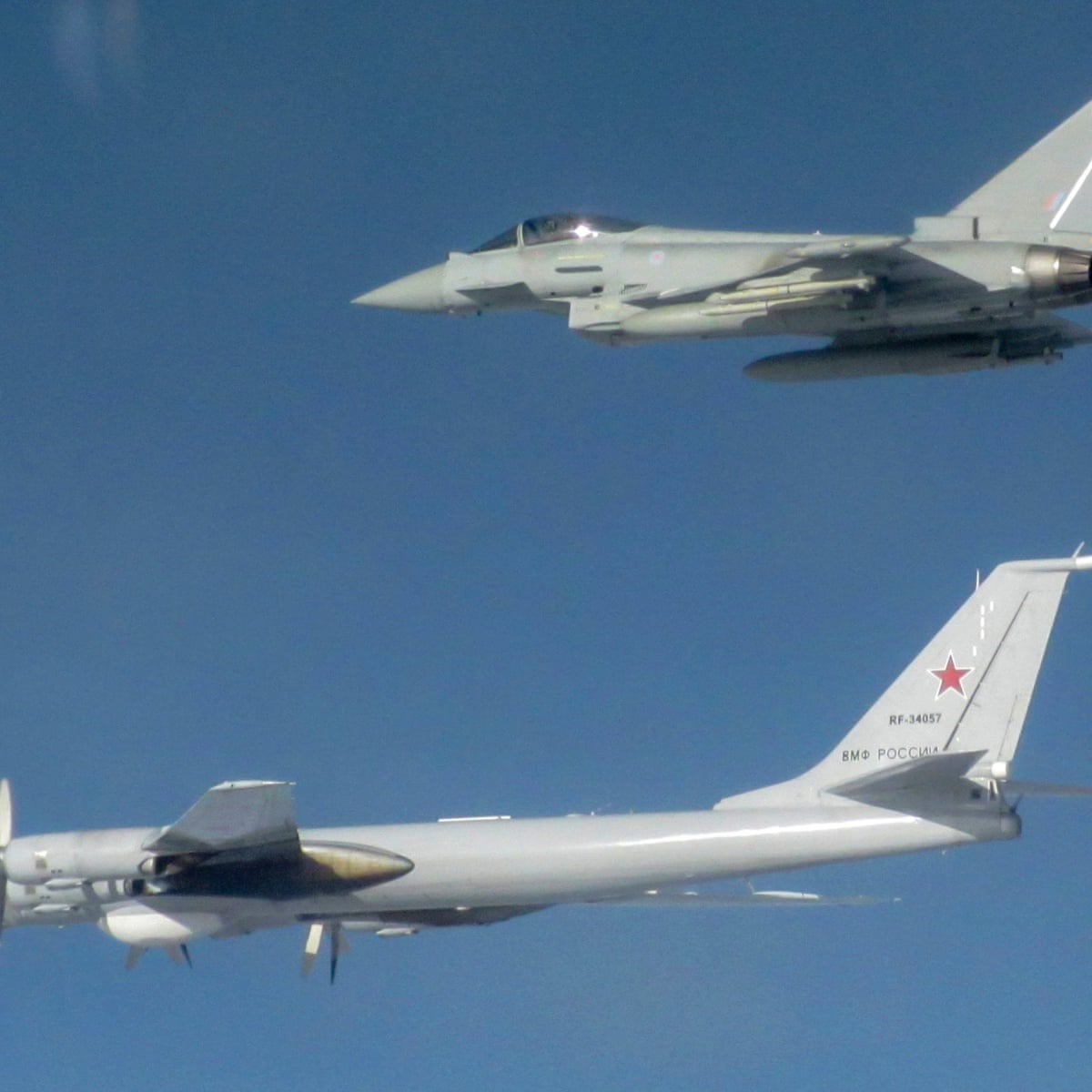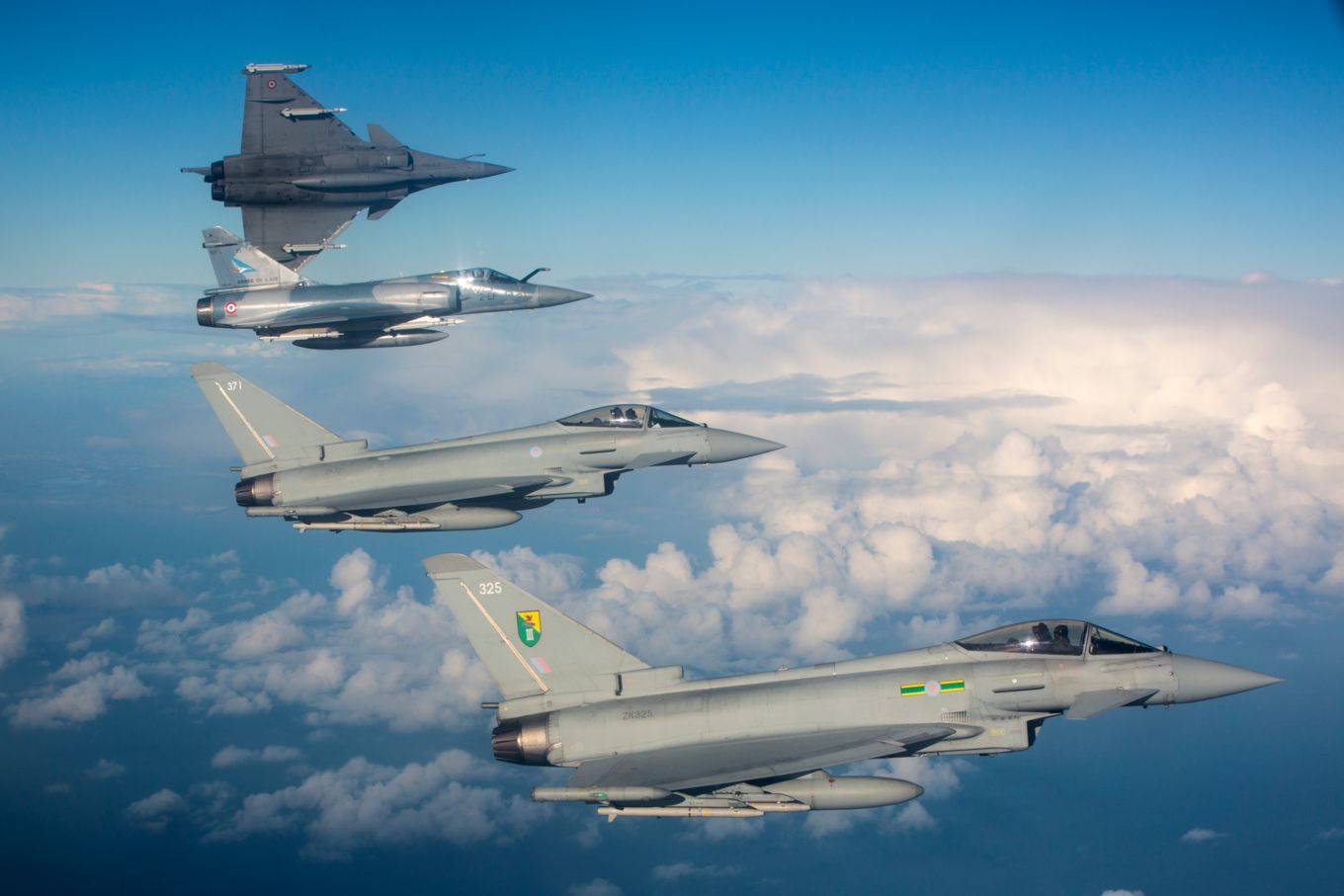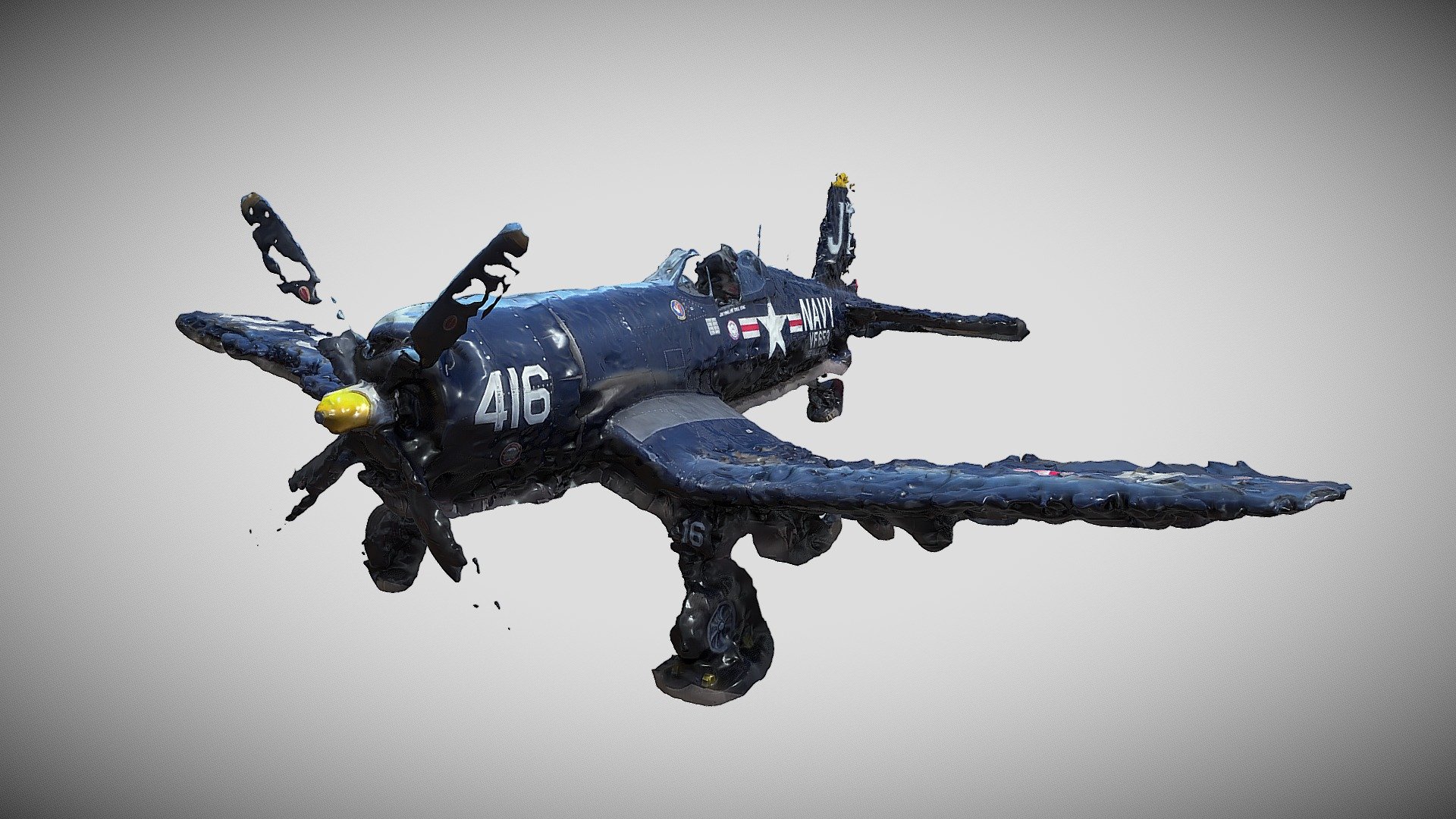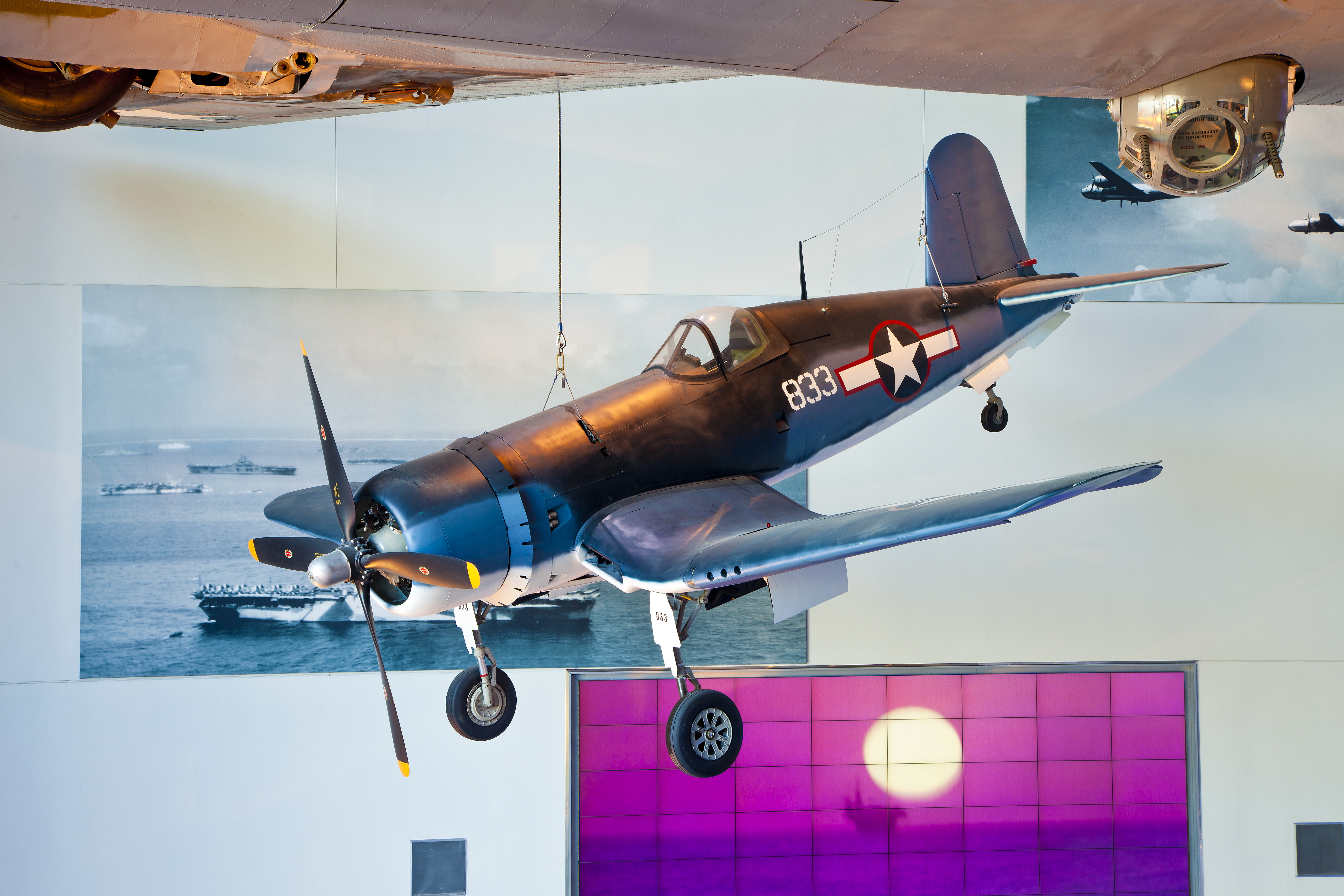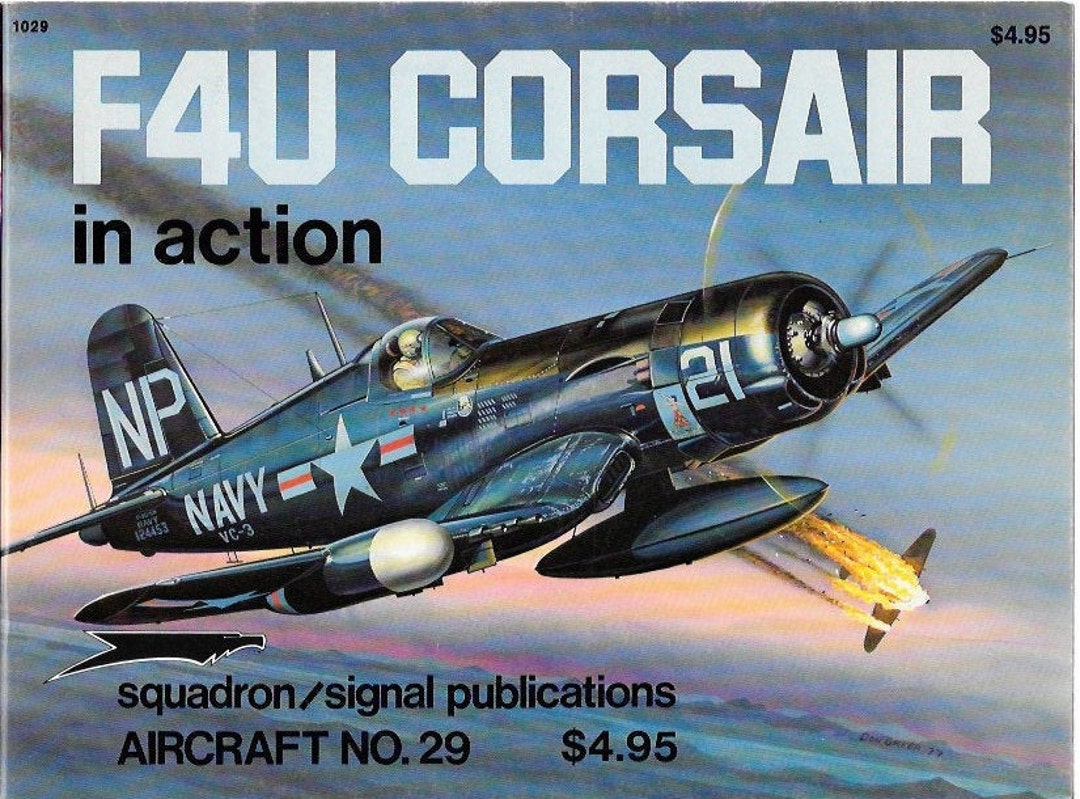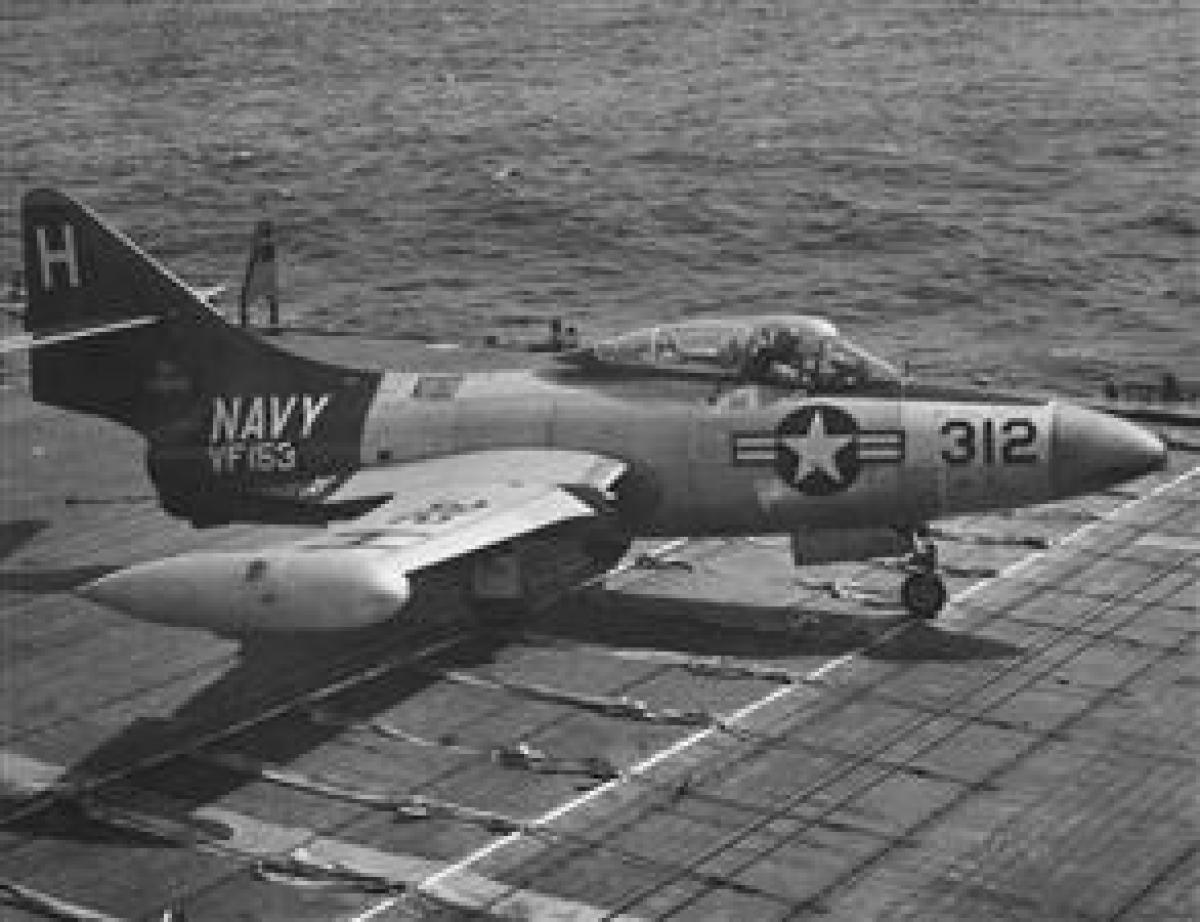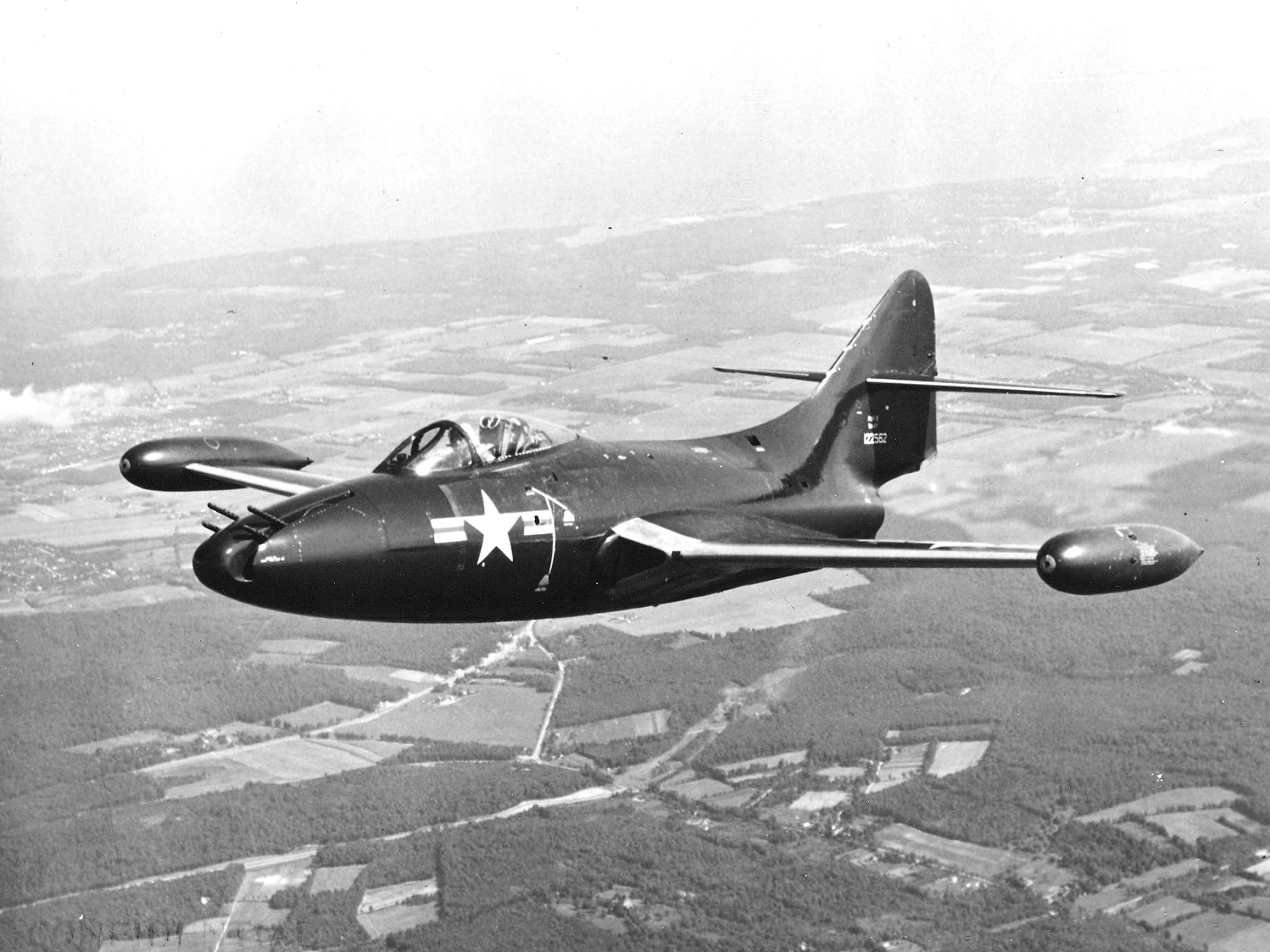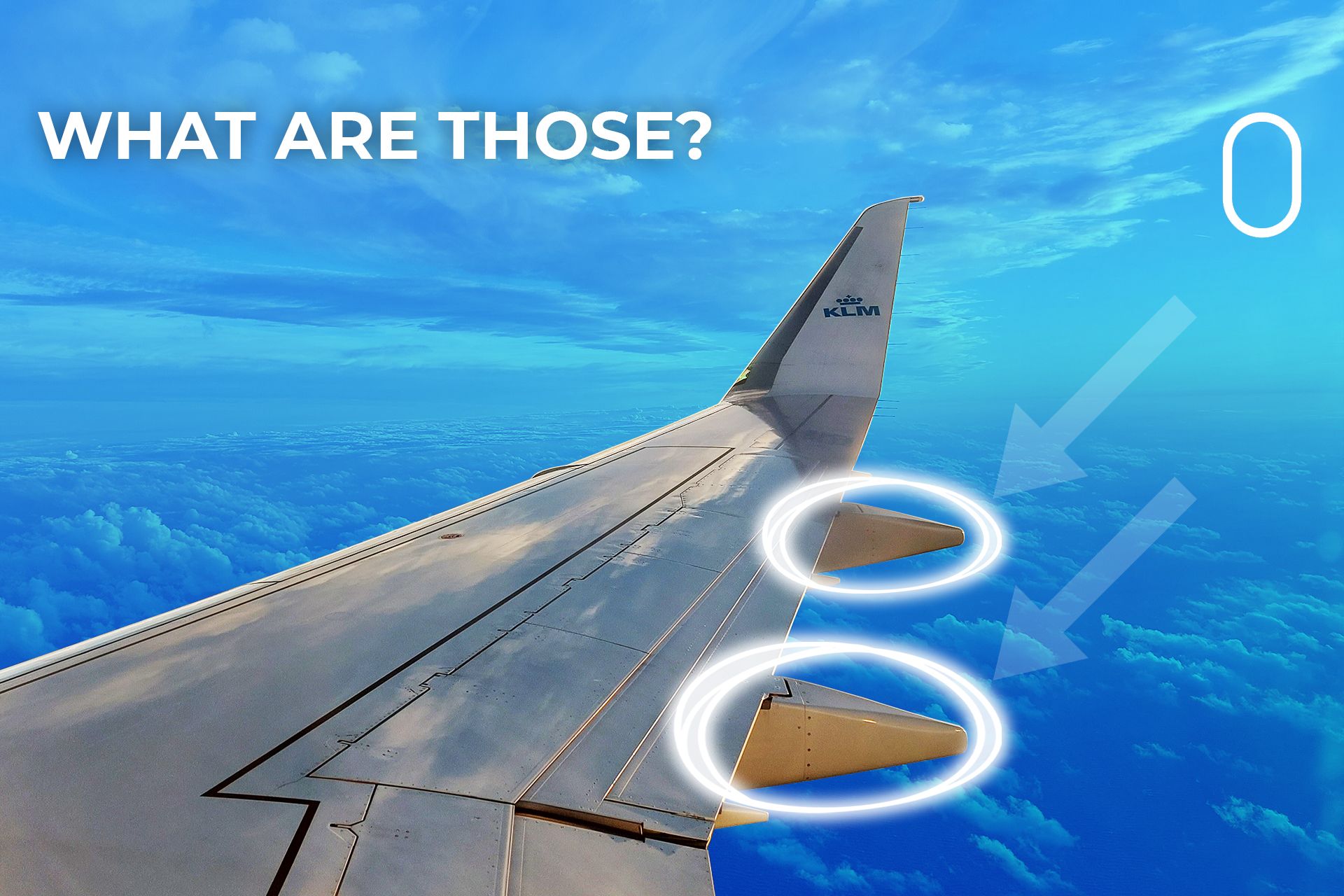Aircraft Carrier Vs Cruise Ship - The U.S. The Navy currently has 69 submarines. It recently signed a contract for a block purchase of nine Virginia-class, nuclear-powered attack submarines that will be equipped with the Virginia Payload Module to boost each vessel's Tomahawk cruise missile carrying capacity by about 75 percent.
“The biggest challenge for the U.S. national security leaders over the next 30 years is the speed and sustainability of the [People's Republic of China] national effort to deploy a global navy," said retired Capt. James Fanell, who previously served as head of intelligence for the Pacific Fleet.
Aircraft Carrier Vs Cruise Ship
A New Orleans native, James Linn first became involved with the institution then known as The National D-Day Museum in 2001 as an eighth-grade volunteer on weekends and during the summer. Linn joined The National WWII Museum staff in 2014 and served as a Curator until 2020.
The Pentagon's China report noted that Beijing “remains engaged in a robust surface combatant construction program, producing new guided-missile cruisers (CG), guided-missile destroyers (DDG) and guided-missile frigates (FFG) which will significantly upgrade the [PLA Navy's] air defense, anti-ship and anti-submarine capabilities.”
After all, the Navy expects to decommission the first 11 Ticos between 2022 and 2026. The balance of the class will leave the fleet shortly thereafter. The new DDG(X), a de facto cruiser, cannot possibly join the fleet before the mid-2030s.
"Given the past 20-year trajectory of PRC naval ship construction, the PRC's expressed desire and ability to continue to increase its spending on naval shipbuilding, the cost advantages its shipbuilding industry enjoys compared to foreign naval shipyards and Chinese shipbuilders' continued trend of indigenous
technical mastery of complex designs and systems integration, I expect the PLA navy will continue to surpass the U.S. Navy in the number of warships built for the foreseeable future,” Fanell said during remarks at the Hudson Institute last year.

“This amounts to a fundamental shift in the maritime power environment within that critical region from one dominated by U.S. military power to something approaching an unstable balance between the U.S. and allied forces on the one hand and Chinese forces on the other," he added.
"Although larger amphibious ships such as the ... Type 075 would be of value for conducting amphibious landings in Taiwan-related conflict scenarios, some observers believe that China is building such ships as much for their value in conducting other operations, such as operations for asserting
and defending China's [territorial] claims in the South and East China Seas,” O'Rourke said. "We're going to continue to refine the requirements on that ... [and] look at the capabilities that we want to bring into that," Galinis said.
“Think bigger, longer-range weapons, more computing power, more electrical power on that ship.” Indeed, over time the term "cruiser" more or less has become synonymous with the air-defense commander role. In the Navy, for as long as almost anyone in the fleet can remember, cruisers do ADC and the ADC job goes to cruisers.
A third Chinese carrier is under construction, and a fourth may begin construction as early as 2021. These future vessels may have a displacement of 80,000 tons to 85,000 tons and be equipped with electromagnetic catapults rather than a ski ramp, which will improve the range and
payload capability of the fixed-wing aircraft. After the aerial attack from Japanese carriers on Pearl Harbor, construction on new, big-gunned vessels like battleships was significantly scaled back or outright cancelled. Out of all the newly authorized or under construction battleships for the US Navy, only four Iowa-class, four South Dakota-class, and none of the Montana-class ships entered service after December 7, 1941. Time and technology had caught up with

battleships. The aircraft carrier now forms the backbone of naval fleets moving forward. However, this left the six authorized Alaska-class cruisers, and a dilemma on what to do with them. In September, China launched the first of a new class of amphibious assault ships called the Type 075 that has an estimated displacement of 30,000 to 40,000 tons, compared to 44,000 tons for the U.S.
Navy's America class. "It will be something that serious naval powers will have to address in the future because the technology is enabling new capabilities," Childs said. "If you're not part of that game, then you're going to be seriously handicapped."
While the primary mission of a cruiser was to escort the US Navy's new fast carrier task forces and protect them against enemy surface combatants or aircraft, the Alaska's were not your typical cruisers. With the naval rearmament of the German Kriegsmarine in the 1930s with its small, but potent force of commerce raiders including ships like the Scharnhorst, and the rumored but unconfirmed new battlecruisers of the Imperial Japanese Navy, there were worries in Washington that the US Navy would
not have an answer for these ships, and could be vulnerable. The Alaska's were the US Navy's answer to these potential foes. But platforms aren't the only part of the equation when it comes to measuring naval power, experts note.
Weapon systems — enabled by sensors, communications networks, well-trained sailors and sound operating concepts — are also critical. China and the United States are both developing and fielding new missiles and other advanced weaponry, and the race is on to see who can pack the most punch.
“By comparison, U.S. Navy aircraft carriers are nuclear powered — giving them greater cruising endurance than a conventionally powered ship — have a full-load displacement of about 100,000 tons, can accommodate air wings of 60 or more aircraft … and launch their fixed-wing aircraft … using catapults,

which can give those aircraft a range/payload capability greater than that of aircraft launched with a ski ramp.” Due to the uniqueness of the Alaska-class design, these ships were not classified "CA" as typical for heavy cruisers, but instead "CB" for large cruiser.
Also, as a nod to their not-quite-battleship, not-quite-cruiser roots, instead of being named after US states or cities, the ships were named after US territories with the USS Alaska (CB-1) being the first. The rest of the class would be the USS Guam (CB-2), USS Hawaii (CB-3), USS Philippines (CB-4), USS Puerto Rico (CB-5), and USS Samoa (CB-6).
"Observers have expressed strong concerns about China's ASBMs, because such missiles — in combination with broad-area maritime surveillance and targeting systems — would permit China to attack aircraft carriers, other U.S. Navy ships, or ships of allied or partner navies operating in the Western Pacific,” he said in a recent CRS report titled,
However, there was a battle raging against Japanese kamikaze suicide planes, and both ships would prove to be formidable air defense platforms in the air battles around Iwo Jima and Okinawa. Unfortunately, kamikaze strikes still occur at an alarming rate against the US fleet.
When the aircraft carrier USS Franklin (CV-13) was hit by Japanese bombs on March 19, 1945, it was the Alaska and Guam, along with several other ships, who escorted her to safety. The Franklin suffered over 1,200 casualties, and was the most heavily damaged US ship in the war to survive.
National Defense provides authoritative, non-partisan coverage of business and technology trends in defense and homeland security. A highly regarded news source for defense professionals in government and industry, National Defense offers insight and analysis on defense programmes, policy, business, science and technology.
Special reports by expert journalists focus on defense budgets, military tactics, doctrine and strategy. One of the Alaska's Curtiss SC-1 floatplanes taxiing up to the ship to be picked up by the aircraft crane. This photo was taken during operations off Iwo Jima in March 1945. Courtesy Naval History and Heritage Command.
“U.S. and other observers generally assess that while the United States today has more naval capability overall, China's naval modernization effort … has substantially reduced the U.S. advantage, and that if current U.S. and Chinese naval capability trend lines do not change, China might eventually draw even with or surpass the United States,”
We already know how this is likely to play out. "The Flight III DDGs will replace the cruisers at least initially, and then the DDG(X) will take over as the primary 'large surface combatant' class," explained Bryan McGrath, director of the FerryBridge Group naval consultancy in Maryland.
"There is no doubt that they've been investing hugely in this," said Nick Childs, senior fellow for naval forces and maritime security at the London-based International Institute for Strategic Studies. "In recent years, they've been outbuilding everybody."
That could include a more dispersed pattern of force deployments, greater numbers of anti-ship and anti-aircraft missiles, less reliance on forward-deployed aircraft carriers, and a greater reliance on unmanned systems, submarines and anti-submarine warfare capabilities, he suggested
. As General Douglas MacArthur's campaign on Luzon was underway, news of the Palawan massacre produced a call to action to save thousands of Allied POWs and civilian internees from a similar fate. With the extraordinary assistance of Filipino guerrillas, four daring raids were launched behind Japanese lines to liberate those camps.

Looking ahead, the service has plans for a new multi-mission frigate known as FFG(X). A contract award for design and construction of the vessel — which is expected to be equipped with the advanced Aegis weapon system — is slated for this year.
In contrast, China's navy has more-limited responsibilities outside China's near-seas region, and its ships are all homeported along China's coast at locations that face directly onto China's near-seas region," said Ronald O'Rourke, a naval specialist at the
Congressional Research Service. Both the United States and Chinese navies are beefing up their weapons arsenals to avoid being outgunned if their great power competition turns hot. China is believed to be fielding advanced anti-ship ballistic missiles, including the Dong Feng-26 with a maximum range of about 2,160 nautical miles, said Ronald O'Rourke, a naval specialist at the Congressional Research Service.
Alaska and Guam left the United States and joined up with Task Force 58 at the Ulithi Atoll fleet anchorage in February and March 1945, respectively. Since the Imperial Japanese Navy was almost all at the bottom of the Pacific by this point in the war, the ships provided anti-aircraft defense for the aircraft carriers and took part in shore bombardment missions.
For the Alaska and Guam, there would be no battle against Japanese battlecruisers, trading salvo for salvo in an epic struggle for supremacy of the seas. View of the USS Intrepid (CV-11) on fire after she was hit by Japanese bombs on April 16, 1945. This photograph was taken from the Alaska as a Fletcher-class destroyer steamed by.
Courtesy Naval History and Heritage Command. "Chinese aircraft carriers could be used for power-projection operations," he said. However, “in a combat situation involving opposing U.S. naval and air forces, Chinese aircraft carriers would be highly vulnerable to attack by U.S.
ships and aircraft. But conducting such attacks could divert U.S. ships and aircraft from performing other missions in a conflict situation.” The United States currently has 11 nuclear-powered aircraft carriers, and is acquiring new Ford-class platforms, which are designed to enable a 33 percent increase in sortie generation rate relative to legacy vessels.
The lead ship, the USS Gerald R. Ford, is undergoing post-delivery tests and trials. Follow-on ships John F. Kennedy, Enterprise and The so-called "mini Aegis destroyer" is to be equipped with advanced radar and other electronic systems, a 30 mm cannon, air-defense weapons, and a variety of munitions including anti-ship missiles and anti-submarine torpedoes.
It will be able to reach speeds of 42 knots and have a range of 500 nautical miles, according to the report.
cruise ship vs aircraft carrier size, how big is cruise ship, size of modern cruise ships, prelude ship size comparison, cargo ship vs aircraft carrier, dimensions of cruise ships, cruise ship vs aircraft carrier, visit aircraft carrier in virginia



